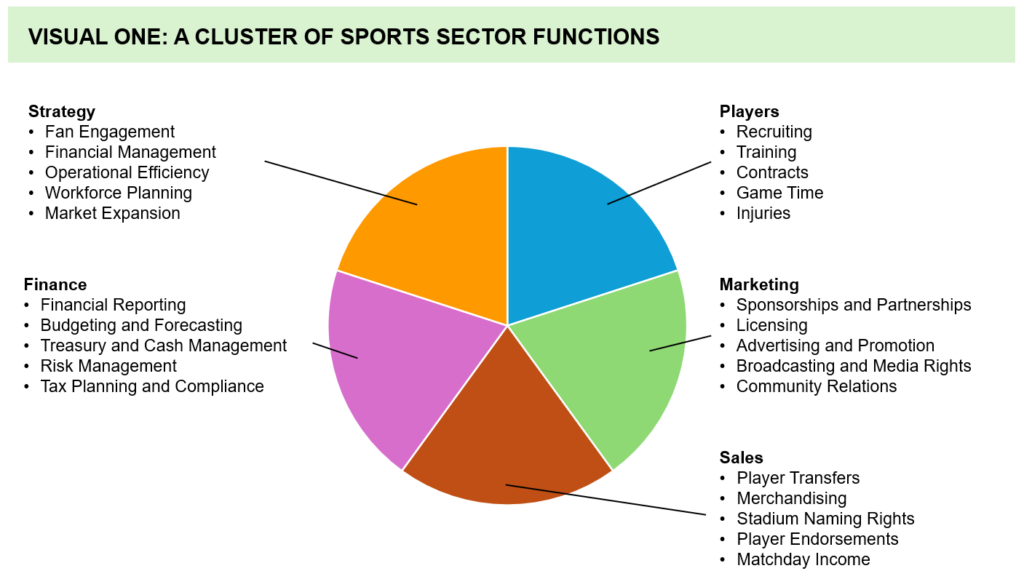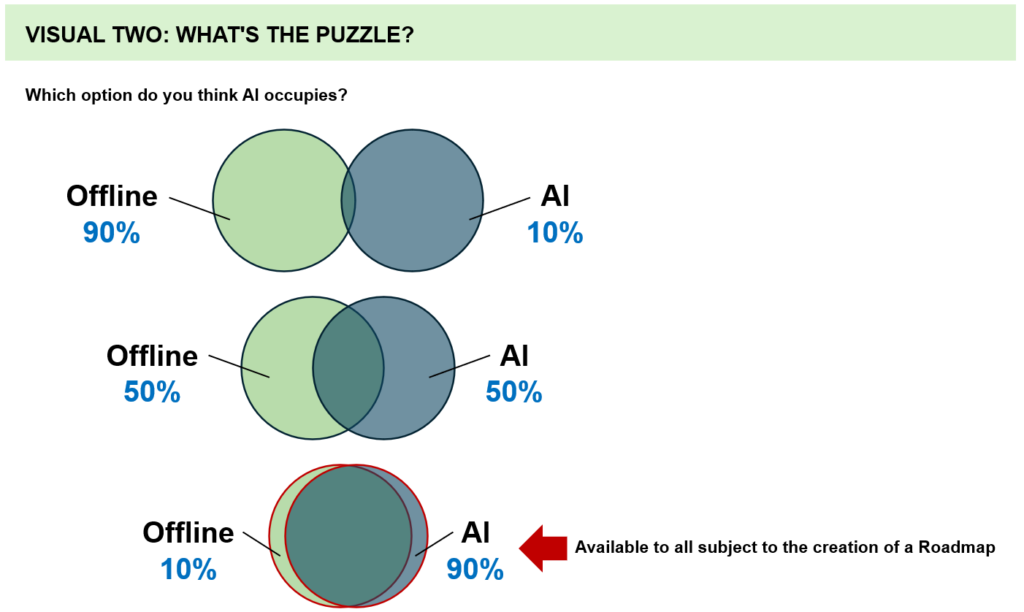|
Getting your Trinity Audio player ready...
|
“I believe that artificial intelligence in sports will not replace human intelligence, but it will empower it, making athletes and teams smarter and more competitive.” Kobe Bryant
I’ve always been an athletics fan. The Coe and Ovett era was probably the pinnacle even though the doubt about Eastern European athletes was already circulating. Since then Doping Scandals have taken over and the viewing audience for Athletics has tumbled as the cheating has increased.
Recently, the question has been raised about whether AI was like cheating. So I thought an interesting way to find out was to research AI in Sports and find out what was available, where it was being applied and who was using it.
In this Blog we’ll be looking at a short visualisation of key aspects of this investigation – and what it means to all types of business outside of the Sports Sector: being able to create a universal AI Roadmap.
Is AI Cheating hiding in Plain Sight?
- If it is the likelihood is that the use of AI is limited in use and scope and is being used by only a few users;
- If it isn’t then it’s much more likely that AI is pervasive and can be found anywhere and everywhere and converted into a Roadmap.
The place where I wanted to start was not with AI Applications but first understanding all the Offline Functions that Sport is involved with and then focus on visualising the key groupings with examples. You can see the results of this in Visual Diagram 1 which highlights the key business functions across 5 major business groupings.

How far has AI already penetrated the Offline Sports world? There are three key Visual options:

Prompt Summary for Moving Forward
So AI actually already ticks most of the Offline Boxes from our first Diagram. Here we are taking 10 Examples from across the full functional sample space to illustrate the existing penetration across easily recognizable business areas:
So what does this depth of coverage in Sports mean for businesses in general?
Well, the most likely outcome is that it is going to be possible to create a single AI Roadmap which would fit across all industry sectors. This is not how current AI Toolboxes are organised – something which is still in its infancy – but there is no reason why it couldn’t be.
That step alone would make AI adoption and usage much simpler because instead of being organised around Tech Solutions (which AI Providers want) it would be organised around Business Solutions (which is what companies want and need).
AI Roadmaps are an essential building block and medium to focus the needs of Providers, Users and Funding Institutions (as well as Governments): without them AI is going to be a hard sell, with limited progress and frustrated customers.
